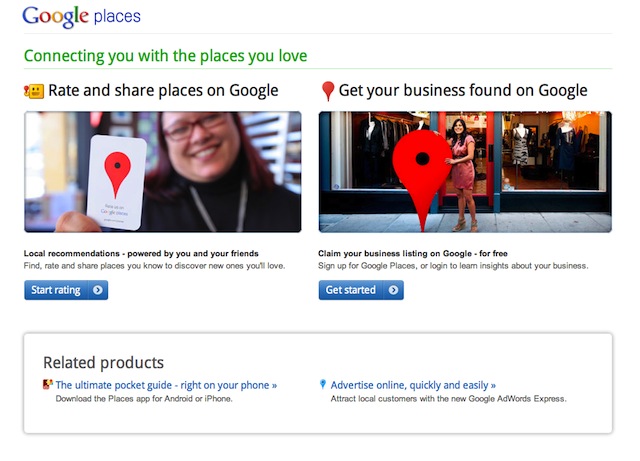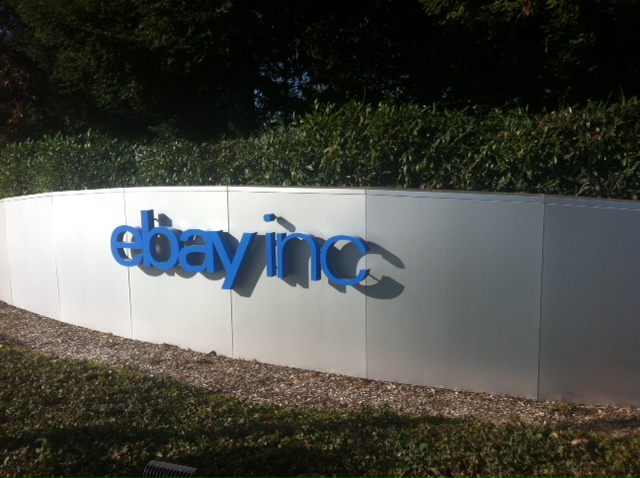Google’s small business services have been a constant irritation of this site, with the view that local listings have been a missed opportunity for the service.
Overnight, the search engine giant has launched their new Google My Business site to bring together the disparate services offered to local enterprises.
At first look it’s a fairly slick way to get new businesses signed up, albeit dependent upon Google+ for the initial login. For businesses with existing Google small business accounts, the site directs you to the revamped Google Places administrator screen.
The immediate observation is that Google+ integration is a weakness as it relies on one ‘real person’ account to administer the listing; this will create problems for business as staff leave and founders retire.
Black Box Verification
Another problem is the black box verification process still remains – it’s hard for businesses to keep their listings fresh and up to date when there’s a risk doing so will see their entries might be suspended for violating some vague rules.
For local businesses it’s essential to have the search engine listing and the Google My Business site makes it easier to get it running, however the problems with Google’s local business strategy remain.
With Google, Facebook and the other online empires neglecting small business, this market is still a great opportunity for a disruptive players.





